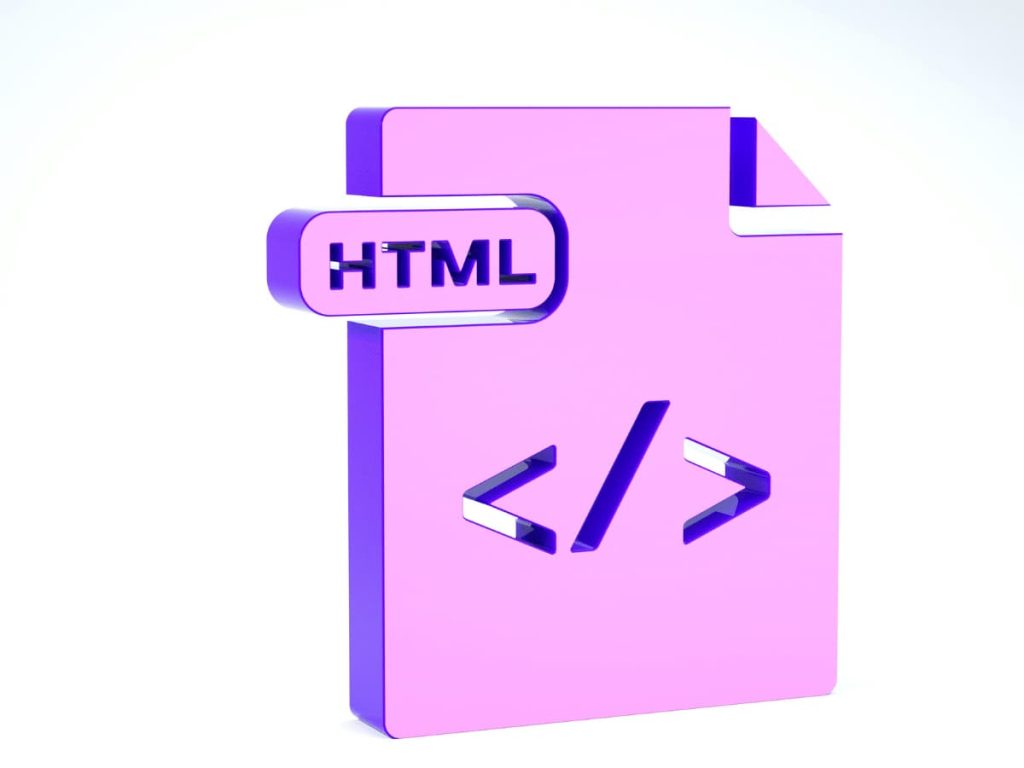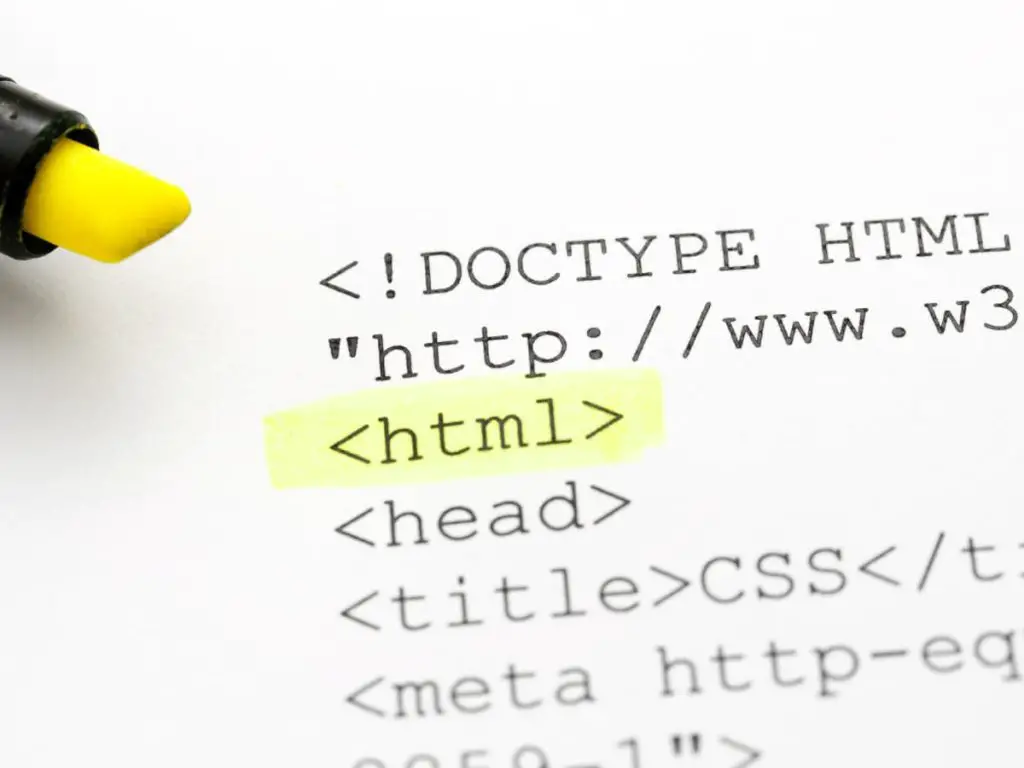HTML files are the foundation of the content you browse on the internet. They contain the texts that you see online together with embedded instructions regarding how they should appear and interact. You usually view these files online, but do you need the internet to open an HTML file?
You can open an HTML file without the internet if it’s saved on your device. Text editors can open HTML files, but web browsers are the most common or default option. However, without the internet, an HTML file won’t display a webpage’s dynamic features or any content that’s hosted online.
The relevant process or specific applications you need to open an HTML file without the internet depends on how you access the content and what your objective is. Read on to find out how to open an HTML file without an active internet connection and what exactly you’ll be looking at when you open an HTML file.
How To Open HTML Files Without the Internet
HTML (HyperText Markup Language) files are text-based codes serving as the structural guide for the display of a webpage, including all the content. In a nutshell, every piece of content you find on the internet is displayed to and interacts with you based on these codes or files.
Their names end with index.html, signaling to your device that they are HTML files. Then, in most cases, a computer or mobile phone recommends applications that can open them, primarily web browsers.
If you save a website as an HTML file and open it in a web browser without internet access, it will still look the same as though you were connected to the internet. However, you won’t be able to see any content that requires an online connection—for example, an embedded YouTube video.
You can also view HTML files with text editors like Microsoft Notepad on Windows or Apple TextEdit on a Mac. However, with a text editor, you won’t see a neat website but rather a string of words and symbols.
On mobile phones, there are dozens of apps from app stores that can open HTML files. Android users can try HTML Reader/Viewer or TrebEdit – Mobile HTML Editor via the Google Play Store.
For iPhone users, HTML Viewer Q by Spica has good reviews. Another option is Hayato Shimizu’s HTML Viewer.

Can You Open an HTML Webpage Without the Internet?
There are numerous applications or software used to access and interact with various types of files. But all files can be largely classified as either binary or text. An HTML webpage is a text file, so you can open it using a suitable application. Binary files are a different ballgame, not only due to the application compatibility but because the codes don’t have texts or words.
If you want to access a webpage without the internet for offline reading, save the HTML file on your device, and you can open it whenever you want using your primary browser. You don’t need any special application or software for this purpose unless you wish to edit the code.
A live webpage uses HTML files hosted on a server. Hence, you need the internet to access the hosted content. If you have these HTML files saved on your device, your system hard drive will provide the data to access and view the webpage.
Suppose you want to open an HTML file or webpage on your computer using Google Chrome without the internet. You can save the webpage by adding it to your reading list. Here are the steps:
- Open the HTML file or webpage on the Chrome web browser.
- Click on Chrome’s side panel on the top right of your screen.
- Add the tab to the Reading list to open the HTML file offline.
You can do the same with Chrome on Android and iOS devices.
You can also save an HTML webpage to your hard drive using Chrome. Here’s how:
- Go to Tools and choose the Save Page As option for the HTML file.
- Select a folder or location to store the file, and then open it offline with Chrome.
How Else Can You Open an HTML Website Without the Internet?
You can open a HTML website without the internet if you save all its content on a local drive. But you’ll need an active internet connection to save the website to a hard drive or storage device in the first place. This hard drive or storage should be available to you offline.
You may use HTTrack for Windows and SiteSucker for Apple systems. You can download entire websites using these software applications. The data will be saved on your hard drive or local storage system, and you won’t need the internet to display the website or any of its downloaded webpages.
However, you’ll only be able to access the downloaded HTML file, code, or content. Any latest changes or updates on the site won’t be accessible. This is because you’ll be opening HTML files stored in your hard disk or local drive, not those hosted by the website’s server.
Some people have trouble with their browser even if they don’t want to download HTML files. Find out why Chrome keeps downloading HTML files in my complete troubleshooting guide.
Understanding HTML Files
After opening an HTML file on a text editor, you’ll find clustered words, symbols, and numbers that may not seem to make any sense. If you don’t know anything about web development, it can be tough to understand the code or how it works to display the interactive web pages.
HTML nodes make up HTML files, the most popular one being the “element.” These elements begin and end with tags that signal the type of element, and the element’s main content is added within these tags.
Here’s an example of an HTML element:
<p>You can open an HTML file without internet</p>The “<p>” is the start tag, and the “</p>” is the end tag. The “p” in these tags signifies the element type—in this case, a paragraph. The content of this element is “You can open an HTML file without the internet.”
Here are more examples of HTML tags:
- <head> is the head tag used for a webpage’s metadata
- <h1> is a text header tag used to create a text title
- <body> defines a webpage’s body
- <img> is used to embed an image in a webpage
- <div> creates a section in a webpage
However, not every element requires the start or end tag, and an element can also contain other elements.
Experts classify elements into three kinds:
- Normal elements: This kind usually has a start tag containing the element’s attribute and an end tag. It can contain text or other elements.
- Raw/text elements: Raw elements have both tags but only contain text. They don’t consist of other elements.
- Void/empty elements: They only have a start tag with their attribute and sometimes don’t contain any content.
So when you open HTML files, you’ll see these types of HTML nodes.

Creating & Saving HTML Files
Browsers can only view HTML files, but if you need to create, edit, and save them, you need special web development applications.
Adobe Dreamweaver is one of the most widely used tools. Visual Code Studio is also valuable for editing HTML files. My tool of choice is Visual Code Studio and I use it daily for my work tasks. It is free to use and can do many things. Many people mix up Visual Code Studio with Visual Studio, but they are two different things.
That said, even simpler tools like Notepad++ can perform essential HTML editing functions.
When web developers use these applications to create HTML files, they send them to web servers to host them online. After it’s gone live, web browsers can then interpret the HTML and display interactive web pages with colors and multimedia.
Conclusion
You can open HTML files without an internet connection if you store them on an offline device. You can view the file using popular browsers and text editors and edit the code using appropriate software. However, without the internet, a website won’t have its dynamic or interactive features as these are dependent on a server.

